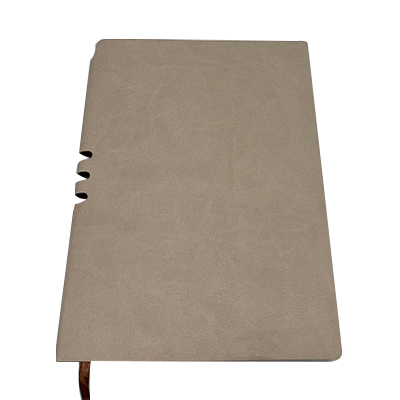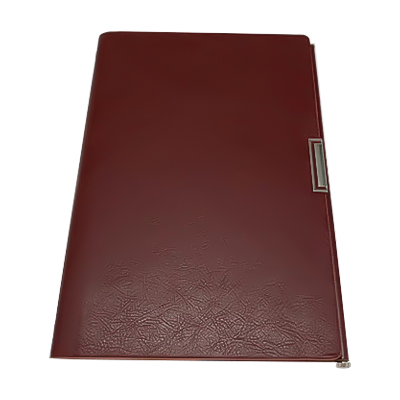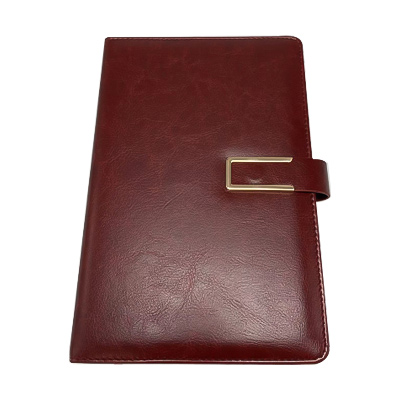Tips For Writing a Great Board Paper Board papers are vital to an organisation's decision-making process. They should be easy to read and concise, and they should present all the information needed to make an informed choice. However, they can often be overwhelming. To avoid this, it's a good idea to follow these tips to write a board paper that will get your organization's attention. The first step is to determine the purpose of the board paper. Whether the document is to provide background information, to suggest a strategy or to make a recommendation, the main aim is to inform the board. For instance, a board paper could include an overview of the charity's goals, a strategy for implementing it, or a discussion on possible decisions. As a board member, you are responsible for staying up-to-date on what's going on in the organization, including any potential risks and challenges. It's important to be clear on the nature and magnitude of any risks, as they might have an impact on the outcome of a major decision. Likewise, it's a good idea to be clear on the key metrics you're tracking.
Board papers should also include a brief executive summary. This should be no more than four or five lines, and it should explain why the board should recommend a particular course of action. Also, the board paper should include a description of who else considered the proposal. It should include all the necessary information, with enough background and detail to make an informed decision. For example, the board paper may include a section on the charity's finances, or on its history. While the board paper itself should not be more than three or four pages, it's a good idea to weed out unnecessary details, such as lists and acronyms. Another tip for writing a great board paper is to use plain English. This means keeping the language easy to understand, and it should be free of legalistic words. Instead, the paper should be written in terms that are understood by all, even people who do not have a background in business.
It's a good idea to consult with other members of the board, particularly those with technical knowledge or special expertise. These people can be instrumental in helping you develop a board paper that meets your needs. In fact, it's a good idea to ask them for input on the paper before you begin. That way, you can ensure the document is accurate and tailored to your board's specific needs. Once you've compiled the information, it's time to prepare the document. Usually, the most effective board papers are those that contain the most important facts. You should include a list of the most crucial information and then weed out the unimportant items. Depending on the type of paper, the most important data may be listed in a table, a diagram, or an infographic. Board papers are one of the biggest sources of friction between boards and management. But if you've done your homework, you should be able to create a paper that is relevant to your board's decision-making processes.

 English
English Deutsch
Deutsch Français
Français Español
Español русский
русский عربى
عربى





